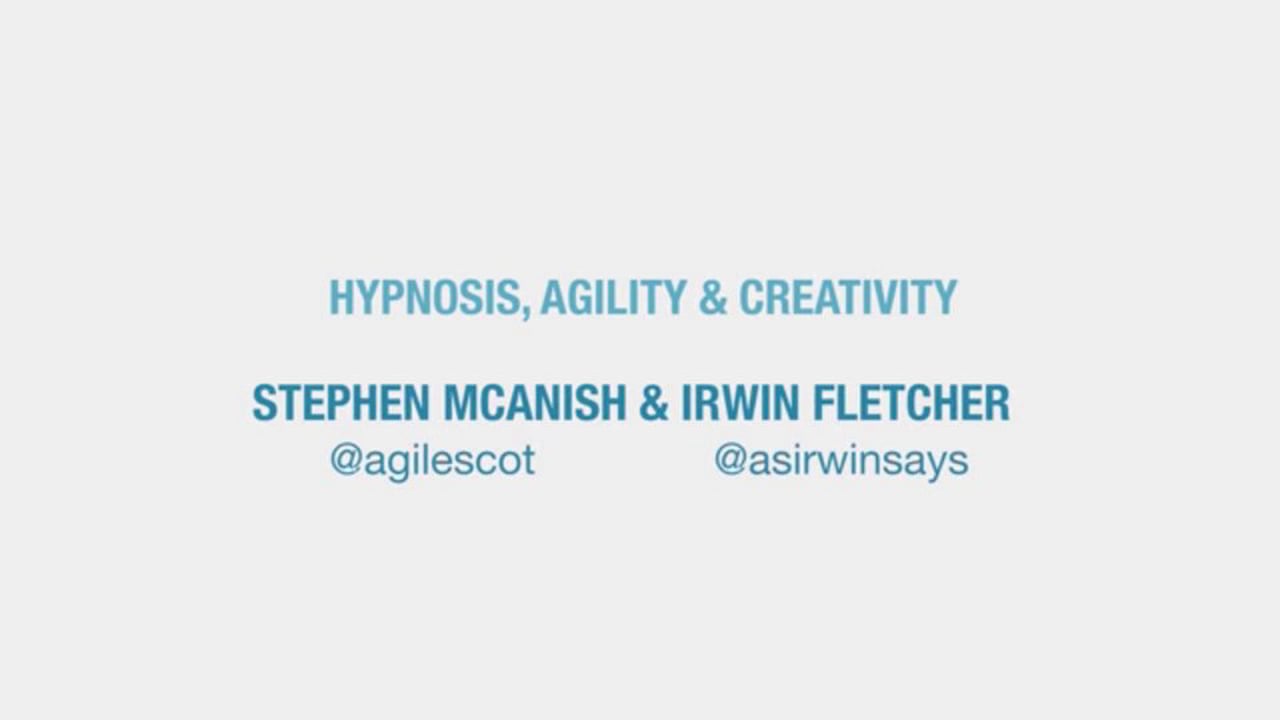People and team member management for Agile project management and Scrum software development teams.
Do you know situations where the team spirit and/or quality of results were decreasing? This might have been complex situations and maybe it took a lot of time to fix it. But did it change on a long term? I suggest an easy to use way with all team members to get and stay in a continuous improvement loop.
The first value of the Agile Manifesto is ” Individuals and interactions over processes and tools”. Its third value is “Customer collaboration over contract negotiation”. In his book “Agile Analytics”, Ken Collier discusses the concepts of cooperation and collaboration in Agile.
Agile is founded on people and interactions. This presentation will explain a model to align teams for high performance and give you practical techniques, adapted from clinical hypnosis, that have proven successful with project visioning, goal setting, improved team communication and business collaboration.
The daily stand-up meeting is an important moment in Scrum project. Team members meet to know about potential challenges as well as to coordinate efforts to resolve issues. They usullay discuss the three following questions: What did I accomplish yesterday? What will I do today? What obstacles are impeding my progress? In this blog post, Derek Huether describes 10 types of persons that create trouble in the Scrum daily stand-up meeting.
Adopting an Agile approach in a software development organization requires more than just sending some people to a Certified ScrumMaster (CSM) course. In this article, John Hill provides six recommendations for an enterprise Scrum transformation.
Soft factors include beliefs, character and attitude of people as well as the way we communicate. This presentation addresses for example: Why are we acting in a certain way? Who must change: Me or the other person? I “want” is better than I “must”. How to find out the true reason behind somebody’s behaviour? How can we win people instead of forcing them?
Linda Rising shares influence strategies that you can use to more effectively convince others to see things your way. You’ve tried and tried to convince people of your position. You’ve laid out your logical arguments on impressive PowerPoint slides—but you are still not able to sway them. Cognitive scientists understand that the approach you are taking is rarely successful. Often you must speak to others’ subconscious motivators rather than their rational, analytic side.








